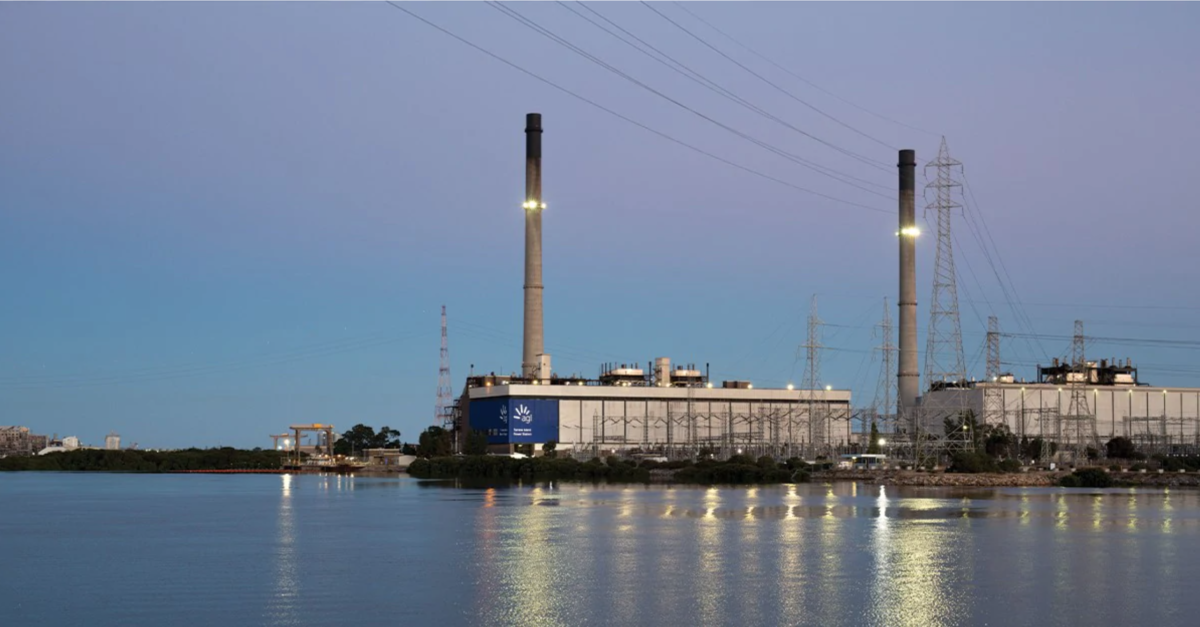Australian giant AGL Energy has announced its leadership of a consortium of industry partners for a feasibility study into the development of a green hydrogen production facility at its Torrens Island site in South Australia.
The study, to be carried out by independent advisory firm GHD Advisory, is set to demonstrate whether Torrens Island, already the site of AGL’s in development $180 million grid-scale battery storage project to replace the existing gas plant, possesses the commercial and technical feasibility of establishing a renewable energy hub for domestic users and export markets.
According to a statement from AGL, the consortium consists of:
- Adbri – a leading manufacturer of cement, lime and pre-packaged dry-blended products with a desire to decarbonise its products
- Brickworks – Australia’s leading domestic manufacturer of building products with an eye out for cost-competitive green hydrogen products to improve the sustainability of its manufacturing
- Flinders Ports – South Australia’s leading port operator
- Inpex Corporation – global energy exploration and production company
- Osaka Gas Australia – a wholly-owned subsidiary of Osaka Gas Co Ltd, a global natural gas and power company
- SK ecoplant – a subsidiary of the Korean SK Group providing eco-friendly business solutions, projects and infrastructure
- Spark Renewables – a leading renewable energy developer and owner
South Australia is a hub for hubs
AGL chief operating officer Markus Brokhof described the feasibility study as being crucial in the establishment of a clean hydrogen industry in South Australia.
“This is another big step forward in AGL’s vision for an industrial energy hub at the site of our Torrens Island Power Station and we are coming closer to repurpose the site,” Brokhof said.
South Australia is seeking to place itself as a key link in the future supply chain of green hydrogen globally. In addition to the South Australian Government’s own ambitions, Swiss multinational commodities trader Trafigura and its majority owned metals manufacturing business Nyrstar have unveiled plans to construct a $750 million hydrogen manufacturing facility at the Port Pirie smelter.
The state’s nascent green hydrogen industry has also attracted financial support from the Japanese Government, which has awarded funding to the Marubeni Corporation. The Marubeni Corporation is planning to export the zero-emissions fuel produced using large-scale wind and solar energy in South Australia to the Indo-Pacific region.
And Japan’s biggest oil refiner Eneos, along with French renewables developer Neoen have announced they will undertake a joint study looking at the potential development of an international supply chain for an affordable and stable supply of green hydrogen produced from renewable energy in South Australia.
These projects, and AGL’s potential hub at Torrens Island, join a list of hydrogen projects in the state, including H2U’s Eyre Peninsula Gateway project, and Australia’s largest operating green hydrogen facility, AGIG’s 1.25 MW facility at Tonsley which is blending hydrogen into the existing gas network in nearby Mitchell Park.
We’ve signed a Memorandum of Understanding with industry partners to study the development of #GreenHydrogen at #TorrensIsland Power Station in #SA!
The project will explore a wide range of potential uses for #hydrogen #power which could serve local businesses & export markets.
— AGL (@AGLEnergy) June 17, 2022
“South Australia is emerging as a leader in the development of a hydrogen industry,” continued Brokhof, “led by a major investment in the sector by the State Government. AGL very much wants to be a key part of the future of hydrogen in this State.”
“This project also demonstrates the long-term investment AGL is making in the future of Torrens Island to transform the site to an integrated industrial energy hub.”
How feasible is it?
Brokhof described Torrens Island as “perfectly positioned as a future energy hub” due to its strong grid connectivity, it’s access to South Australia’s growing renewables portfolio and firming technology, the proximity of potential green hydrogen using industry, a skilled workforce and connections to Port Adelaide for export ease.
“Whether it’s the early potential for co-firing hydrogen with our existing gas engines at Barker Inlet Power Station, the creation of 100% green gas networks for industry, or the development of low-carbon chemicals and future fuels right through to the production of green hydrogen for export, this feasibility study will explore it all,” added Brokhof.
The feasibility study is set to be completed by the end of 2022, and considering the global interest in South Australia as a potential green hydrogen AGL’s established presence in the domestic market should put it on the front foot.
Moreover, considering AGL already has a grid-scale battery in development on site, the company is well on its way to achieving the load profile required for green (or at least clean) hydrogen production.
This content is protected by copyright and may not be reused. If you want to cooperate with us and would like to reuse some of our content, please contact: editors@pv-magazine.com.









By submitting this form you agree to pv magazine using your data for the purposes of publishing your comment.
Your personal data will only be disclosed or otherwise transmitted to third parties for the purposes of spam filtering or if this is necessary for technical maintenance of the website. Any other transfer to third parties will not take place unless this is justified on the basis of applicable data protection regulations or if pv magazine is legally obliged to do so.
You may revoke this consent at any time with effect for the future, in which case your personal data will be deleted immediately. Otherwise, your data will be deleted if pv magazine has processed your request or the purpose of data storage is fulfilled.
Further information on data privacy can be found in our Data Protection Policy.